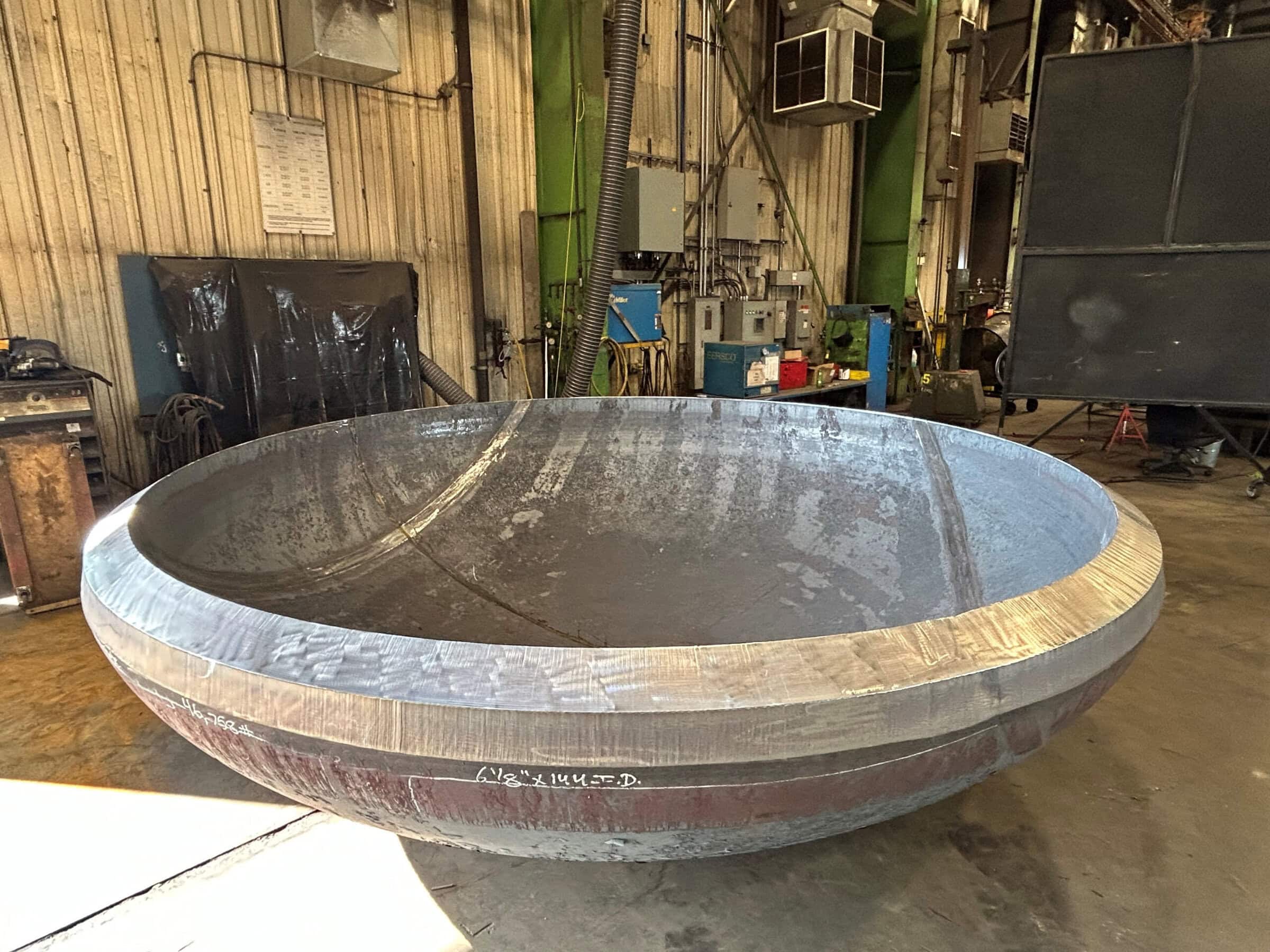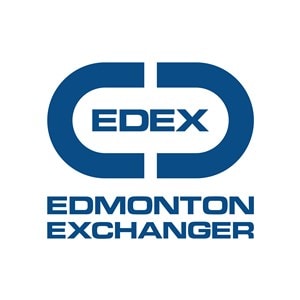This thermal insulative coating system is a novel technology that changes the landscape of options available for personnel protection and solar heat gain in industrial processes and storage, at temperatures up to 350°F (177°C). Using it to replace conventional cladded insulation eliminates the risk of corrosion under insulation (CUI), keeps insulation free of moisture and removes the need for costly inspections. Better insulative properties and an improved rheology when compared with traditional insulative coatings allows a single-coat application, saving days on the installation process.
Corrosion Under Insulation Elimination is Now Possible with a Novel Single-Coat Insulative Coating System
A steel storage tank holding high-temperature contents poses a variety of risks to people, property and the bottom line.
Personnel can be burned if they come into contact with the hot exterior tank surface. Solar radiant heat gain can increase temperatures inside the tank, leading to vaporization losses. Alternatively, heat losses can lead to materials thickening and clogging discharge valves and pipes during transfers. In addition, the exterior insulation often applied to a tank to mitigate the above issues is prone to developing corrosion under insulation (CUI), which can lead to potentially catastrophic leaks or explosions.
As a simple solution for the tank storage industry, each of the above risks can be mitigated via the application of a new thermal insulative coating system on heated storage tanks and other assets.
The single-component, spray-applied coating system represents a step-change in insulative coatings technology. The versatile coating offers personnel protection, insulating capabilities and solar heat reflectivity for an array of applications. It can also eliminate the need for exterior insulation systems, which effectively eliminates the risk of CUI since there is no insulation under which corrosion can form.
Able to be directly applied to hot substrates, the thermal insulative coating system is spray-applied in a single coat — typically 50-75 mils dry film thickness (DFT) — over a required corrosion-resistant primer. The coating system features new technology that yields a thick, fully cured coating film with a high volume that effectively resists the transfer of heat from the underlying substrate to the surface, as well as from the surface to the substrate. Other coating products often require multiple coats to provide insulating value.
The advanced thermal insulative coating system enables asset owners to:
• Enhance Personnel Safety: Because of its new chemistry and formulation, a single topcoat of the coating can protect personnel from skin-contact burns on process assets operating at up to 350°F (177°C). This threshold meets Occupational Safety and Health Administration standards. Therefore, asset owners can eliminate the cost and installation of the bulky insulation systems or protective caging commonly used to protect personnel.
• Reduce Solar Radiant Heat Gain: A single topcoat of the thermal insulative coating system can protect heat-sensitive assets (tanks, fuel pipelines, water cooling lines and other assets) from solar heat gain. In these situations, a reflective white formulation is recommended to insulate the asset, enabling it to maintain a lower internal operating temperature. Lower operating temperatures can help reduce the loss of fuels or cooling water in tanks and pipes due to vaporization, as well as reduce the need for expensive vapor-recovery or cooling equipment.
• Retain Process Heat: The thermal insulative coating system can also help to prevent process heat losses. Although it does not provide as much R-value as conventional insulation in dry conditions, it forms a closed-cell film that resists moisture penetration — from rain, water sprays or humidity — far more effectively than conventional insulation. Therefore, its thermal efficiency remains consistent in even the wettest conditions. By contrast, any cracks or seams in insulation/cladding systems can admit and hold water, which displaces insulating air and greatly reduces the insulation system’s R-value. This moisture may become trapped at the insulation/substrate interface, significantly raising the risk of the formation and proliferation of CUI.
• Eliminate CUI: A single coat of the thermal insulative coating system can eliminate the costs of installing, inspecting and repairing conventional insulation and cladding systems for personnel skin-contact protection, thereby also eliminating the common threat of CUI. Compared to conventional insulation and cladding systems, which require time-consuming fabrication and installation, the spray-applied insulative coating is far easier and less costly to apply and maintain. Because there’s no way for water to penetrate down to the asset substrate and remain trapped there — and because no physical cladding system is applied on top of the coating — the coating eliminates the risk of CUI altogether. Coated assets are also easier to inspect and repair, as insulation/cladding systems require periodic removal for inspections or specialized ultrasonic/radiography testing for CUI. The thermal insulative coating system requires only a brief visual inspection for damage to the coating surface. Repairs are far simpler too, involving application of the coating over any damaged areas.
The thermal insulative coating system can be specified for use in indoor or outdoor environments to protect personnel and insulate assets and processes involved in oil and gas production and refining, mining, power generation, chemical processing, offshore and marine operations.
Award Name
Affiliate New Product
Company Name
Sherwin-Williams Protective & Marine
Award Year
2023


